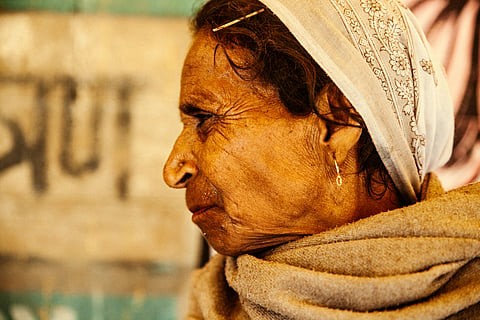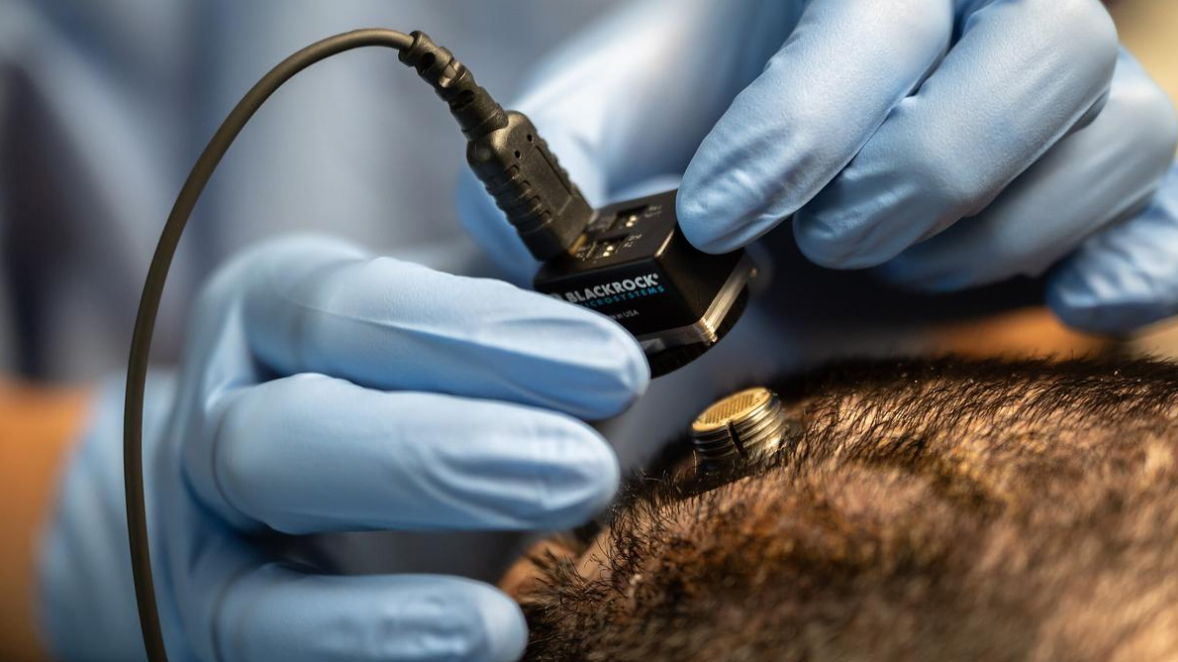Description
Copyright infringement not intended
Picture Courtesy: THE HINDU
Context:
Study exposes critical gap in access to proper antibiotics for drug-resistant infections.
News in Detail
Research carried out by Global Antibiotic Research and Development Partnership, a non-profit health organisation, has revealed that a significant number of multidrug-resistant infections in low- and middle-income countries (LMICs), including India, are not being treated properly, because of large gaps in access.
About Drug-Resistant Infections
Drug-resistant infections happen when bacteria evolve to survive antibiotics that are meant to kill them. This is called antimicrobial resistance (AMR).
According to the World Health Organization (WHO), AMR is one of the top 10 global health threats, causing 1.27 million deaths worldwide in 2019.
The problem is severe in LMICs because:
- Overuse of antibiotics: In India, antibiotics are often available over the counter without prescriptions, leading to misuse. For example, people take antibiotics for viral infections like the common cold, which do not require them.
- Poor healthcare infrastructure: Many hospitals lack advanced diagnostic tools to identify resistant bacteria.
- Limited access: High-end antibiotics are expensive or unavailable in rural areas.
- Low awareness: Patients and even some healthcare providers may not understand the dangers of AMR.
Key Findings of the GARDP Study
The GARDP study, published in The Lancet Infectious Diseases, analyzed 1.5 million CRGN infection cases in eight LMICs in 2019. Here are the main points:
- India’s burden: India had nearly 10 lakh CRGN infections, but only 7.8% of patients (less than 1 lakh) received appropriate antibiotics. This led to an estimated 3.5 lakh deaths.
- Global comparison: Across the eight countries (Bangladesh, Brazil, Egypt, India, Kenya, Mexico, Pakistan, South Africa), only 6.9% of patients got the right treatment.
- Barriers identified: The study mapped the “treatment pathway” and found gaps in:
- Diagnosis: Many healthcare facilities lack labs to test for resistant bacteria.
- Access: Appropriate antibiotics are either unavailable or too expensive.
- Policy gaps: Weak regulations allow overuse of antibiotics, worsening resistance.
- Data sources: The study used the Global Burden of Antimicrobial Resistance (GRAM) study and IQVIA data (a global healthcare data provider) to estimate infection rates and treatment access.
The study established various barriers that prevent patients from receiving appropriate antibiotics.

|
Paradox in India
On one side, antibiotics are overused and misused, contributing to resistance. On the other side, many patients with life-threatening infections cannot access the right antibiotics. The dual crisis—overuse and underuse—makes AMR a complex challenge in India.
|
Implications for India and LMICs
- Health impact: Untreated CRGN infections increase morbidity (illness) and mortality (death). In India, 3.5 lakh deaths in 2019 were linked to these infections.
- Economic burden: Longer hospital stays and higher treatment costs strain families and healthcare systems. The WHO estimates that AMR could cost the global economy $100 trillion by 2050 if uncontrolled.
- Social inequity: Rural and poor populations are worst affected due to limited healthcare access.
- Global threat: Resistant bacteria can spread across borders, making AMR a global security issue.
Solutions Proposed by the Study and Experts
Strengthen regulations
- Enforce prescription-only antibiotic sales. India’s Schedule H1 regulation (2013) already restricts certain antibiotics, but implementation is weak.
- Set “regulatory guardrails” to control overuse while ensuring access for those in need.
Improve access
- Stock hospitals and pharmacies with appropriate antibiotics.
- Subsidize costs for poor patients.
- Expand public health programs like the Ayushman Bharat scheme to cover advanced treatments.
Enhance diagnostics
- Equip hospitals with labs to identify resistant bacteria.
- Promote affordable diagnostic tools, as seen in GARDP’s initiatives.
Promote antibiotic stewardship
- Train doctors and pharmacists to prescribe antibiotics responsibly.
- Run public awareness campaigns to reduce self-medication.
Encourage research
- Develop new antibiotics to replace those losing effectiveness.
- Study barriers to access, as GARDP recommends.
Global cooperation
- Work with organizations like WHO and GARDP to share data and resources.
- Implement the Global Action Plan on AMR (2015), which India has adopted through its National Action Plan on AMR (2017).
Must Read Articles:
ABOUT NARROW SPECTRUM ANTIBIOTICS
ANTIBIOTICS RESISTANCE
Source:
THE HINDU
|
PRACTICE QUESTION
Q. Analyze the implications of rampant antibiotic use in poultry and livestock farming for public health in India. What policy measures are needed to align agricultural practices with One Health principles? 250 words
|










